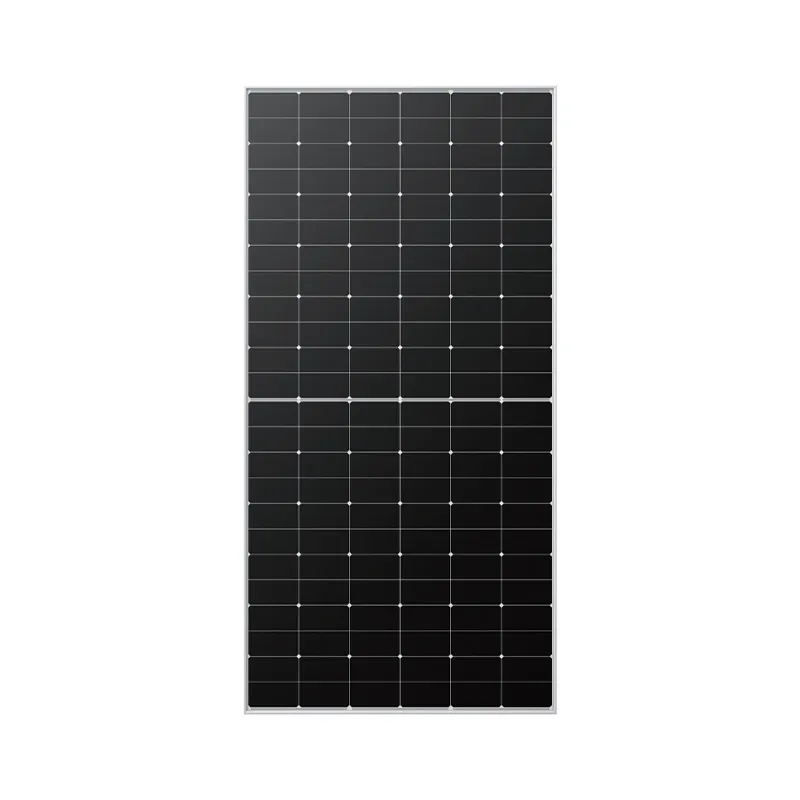solar panel capacity and size
Understanding Solar Panel Capacity and Size A Comprehensive Guide
In recent years, solar energy has emerged as one of the most promising renewable energy sources, providing a sustainable alternative to fossil fuels. As more homeowners and businesses seek to harness the power of the sun, understanding solar panel capacity and size becomes essential for making informed decisions. This article provides a detailed overview of solar panel capacity, size, and their impact on the efficiency and effectiveness of solar energy systems.
What is Solar Panel Capacity?
Solar panel capacity refers to the maximum amount of electricity a solar panel can generate under standard test conditions. This capacity is expressed in watts (W) or kilowatts (kW). A typical residential solar panel has a capacity ranging from 250 W to 400 W. It is imperative to note that the actual energy production of a solar panel varies based on several factors, including sunlight availability, angle, orientation, and local weather conditions.
The capacity of a solar panel is closely linked to its efficiency, which measures how much sunlight is converted into usable electricity. Higher capacity panels can generate more energy in a smaller footprint, making them especially suitable for locations with limited roof space. When assessing solar panel options, it's vital to consider both capacity and efficiency to maximize energy production.
Factors Influencing Solar Panel Size
The size of a solar panel directly correlates with its capacity. Generally, larger panels tend to have higher capacities, but size is also influenced by the technology used in the panel's construction. Here are some key factors that affect solar panel size
1. Technology Type There are three primary types of solar panels monocrystalline, polycrystalline, and thin-film. Monocrystalline panels are typically the most efficient and have a higher capacity in a smaller area, while thin-film panels offer flexibility but usually require more space for equivalent output.
2. Energy Needs The power requirements of a home or business significantly impact the number and size of solar panels needed. Conducting an energy audit to assess electricity consumption can help determine the total capacity required from the solar energy system.
3. Space Availability The roof or ground space available for installation plays a crucial role in selecting solar panels. For those with limited space, opting for high-capacity, efficient panels is advantageous, whereas properties with ample space can accommodate larger systems with standard panels.
solar panel capacity and size

4. Regulations and Incentives Local regulations and incentive programs may also dictate the size and type of solar panels that can be installed. It's essential to research zoning laws and any available subsidies that may impact the overall installation.
Calculating the Number of Solar Panels Needed
To determine how many solar panels are necessary for a solar energy system, follow these steps
1. Calculate Energy Consumption Review electricity bills to determine average monthly kilowatt-hour (kWh) usage.
2. Estimate Solar Production Factor in local solar irradiation, which measures the amount of solar energy received in your area. Use resources like the solar map of your region to assess potential solar production.
3. Determine Panel Capacity Based on the chosen panel type and its capacity, calculate how many panels are needed to meet your energy demands.
For example, if a household uses 900 kWh per month and lives in a region with an average solar production of 1,200 kWh per kW of solar installed annually, the required system size would be approximately 7.5 kW. If selecting 300 W panels, roughly 25 panels would be needed.
Conclusion
When considering solar panel capacity and size, it's essential to evaluate energy needs, available space, and the technology options at hand. Understanding these factors can lead to a more efficient solar energy system that meets your specific electricity demands, reduces your carbon footprint, and saves money on utility bills. As technology advances and more efficient panels enter the market, the future of solar energy looks brighter than ever. Embracing this renewable resource not only contributes to environmental sustainability but also represents a sound investment for a greener tomorrow.
-
String Solar Inverter: The High-Efficiency Solution for Smart Solar EnergyNewsJul.14,2025
-
Revolutionizing Rooftop Energy with the Power of the Micro Solar InverterNewsJul.14,2025
-
Power Independence with Smart Off Grid Solar Inverter SolutionsNewsJul.14,2025
-
On Grid Solar Inverter: Powering the Future with Smart Grid IntegrationNewsJul.14,2025
-
Monocrystalline Solar Panels: High-Efficiency Power for the Future of Clean EnergyNewsJul.14,2025
-
Bifacial Solar Panel: A Smarter Investment for Next-Generation Energy SystemsNewsJul.14,2025







